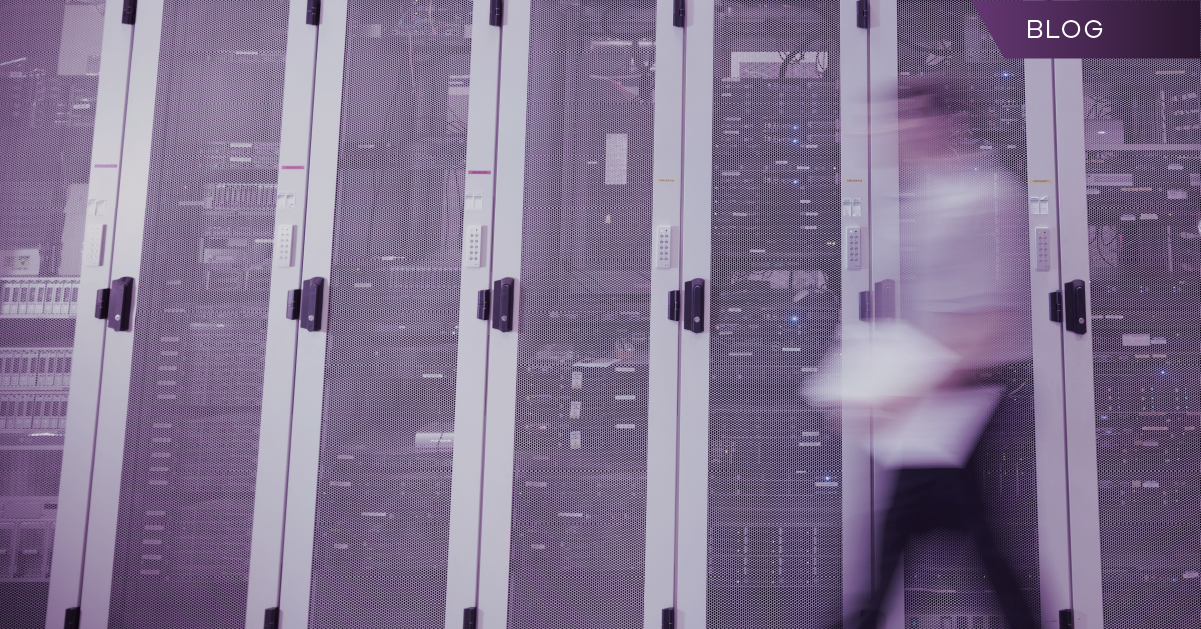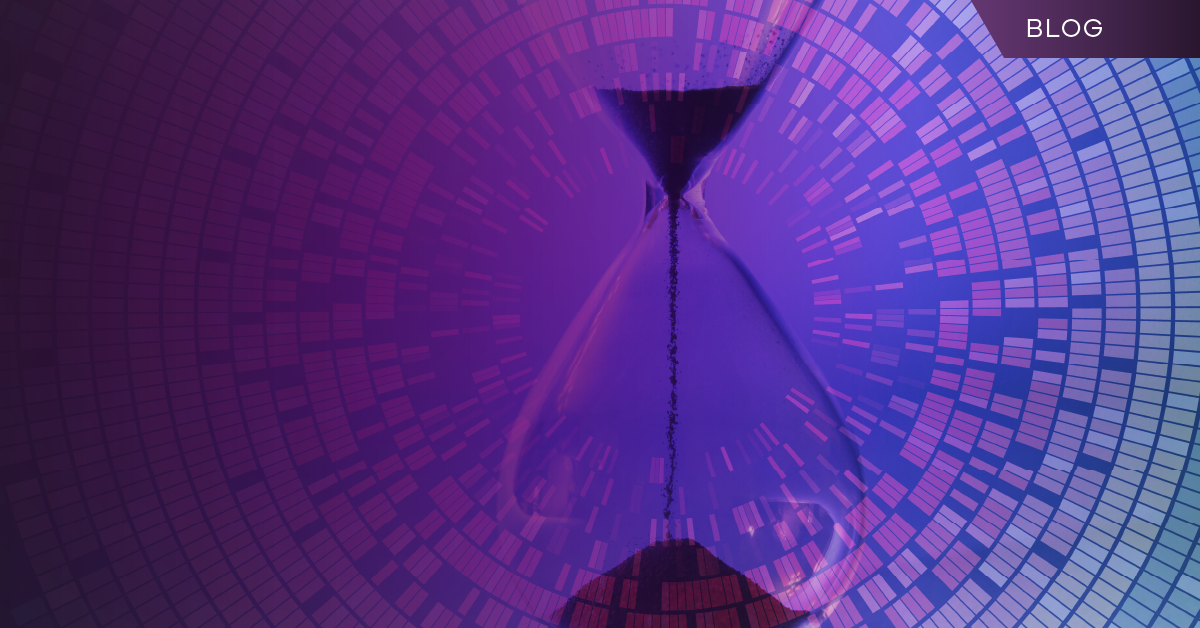It shouldn’t come as a surprise, but AI is no longer a trend. It is the foundational capability embraced in every corner of your organization. However, the rush to automate and accelerate an organization’s strategies and processes is introducing new complexities and risks to an organization’s resilience.
The good news is this rapid investment and innovation has enabled us – as CIOs – to have healthier, more productive conversations with senior leaders who want to better understand how AI impacts the organization’s risk and resilience. They are no longer asking if the data is backed up.
Today, our conversations with the C-suite are all about whether we can trust the massive amount of AI-generated data that is being used to drive critical decisions. It forces us to rethink resilience in the AI era. After all, between the complexity and autonomy of AI systems, and the speed and scale at which the data is growing, there are new risks like model bias, data leakage, and an over-reliance on automation.
Consequently, resilience has evolved from just protecting the infrastructure to protecting the integrity of our decision-making capabilities. It’s up to us as CIOs to navigate AI’s use and governance internally as well as our readiness and resilience in the event of disruption or a cyberattack.
At Commvault, we are moving quickly to experiment with AI in ways that add value, but not recklessly. With transparency, accountability, and business alignment as our core principles, we believe governance isn’t a checklist – it must guide decision-making. We’ve also added guardrails around data access, use, and resiliency.
Additionally, the complexity and expansive scale of AI presents new gaps for bad actors to exploit. In response, we are partnering with our CISO and security team. By bringing our resilience priorities, organizations, and systems closer together, we are better able to detect, respond, and if necessary, recover our AI data following a disruption. One team without the other won’t work.
Finally, the AI evolution is also elevating the skills required for IT teams. While technical depth is essential, we need team members who are curious, adaptable, and understand not just how AI works, but how it fits into workflows, governance models, and resilience planning. This includes having strong communicators aligned with the business functions who can help us translate AI’s impact in business terms and measure ROI.
In summary, AI doesn’t replace the fundamentals of resilience; it raises the stakes. The organizations that will thrive are those that can harness AI to move faster and smarter, while at the same time building the guardrails and recovery strategies that keep them strong when things go wrong.
Resilience is no longer just about surviving disruptions. Organizations must create the confidence to innovate boldly, knowing we can adapt and recover at scale. To learn more, I encourage you to register for Commvault’s Virtual SHIFT event on Nov. 19.
Ha Hoang is Chief Information Officer at Commvault.


